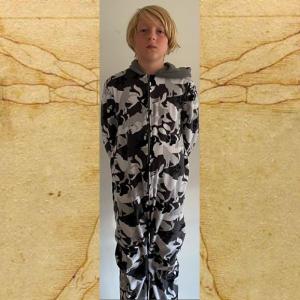What can I do in COVE Groups?
Group members
 in this journey thourgh time i am focusing on 1501 through 1600. This is for Mr.Martin's class at Sunnyside in Lafayete Indiana. In this timeline i am going to use photos to explain the events in this period. Given my name i am going to focus on Leonardo da Vinci's work and major events in Italy at that time.
in this journey thourgh time i am focusing on 1501 through 1600. This is for Mr.Martin's class at Sunnyside in Lafayete Indiana. In this timeline i am going to use photos to explain the events in this period. Given my name i am going to focus on Leonardo da Vinci's work and major events in Italy at that time.
Timelines, Galleries, and Maps
Group posts by user
Group posts by type
Group visibility
Public - accessible to all site users
Group register
Show on registration page
